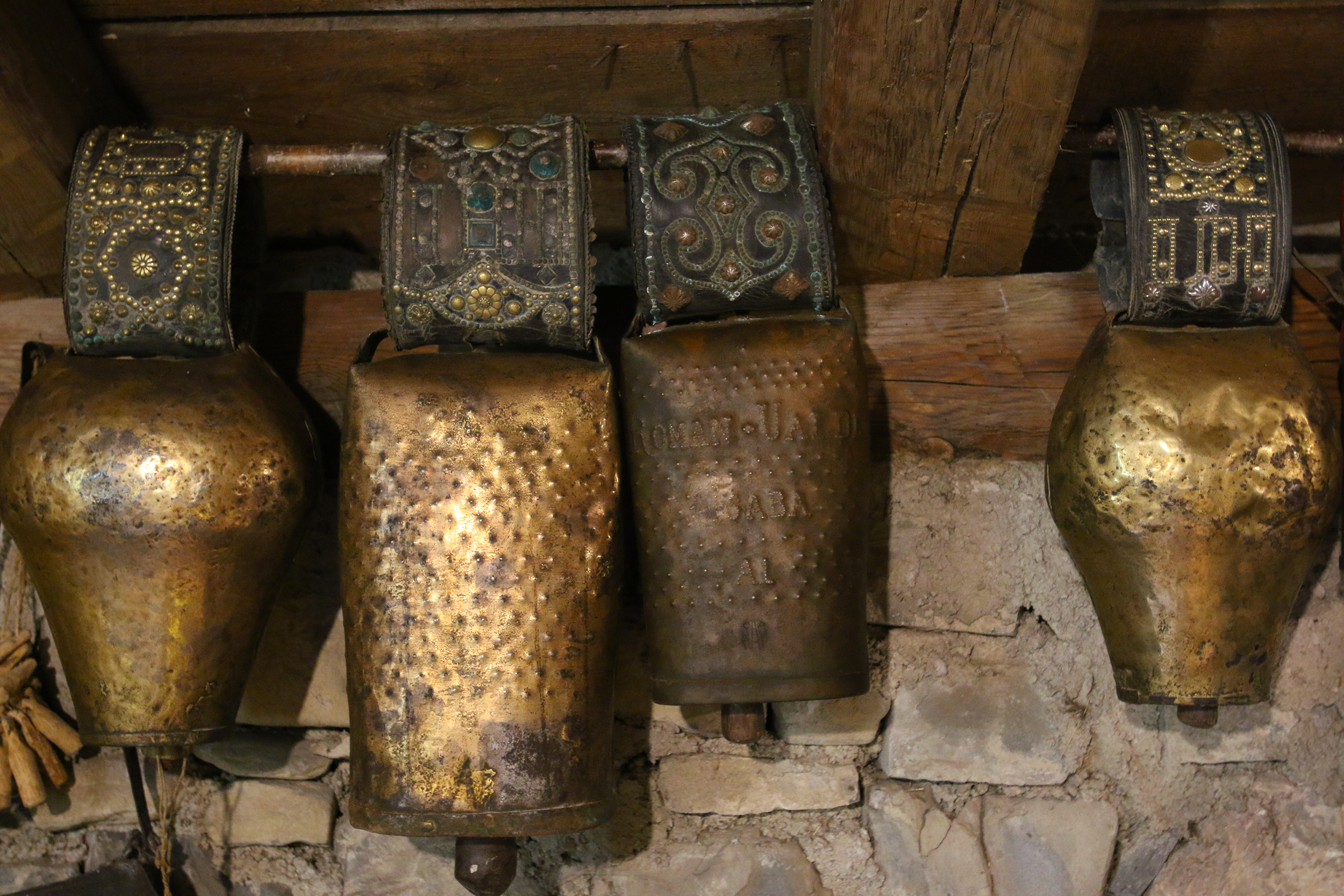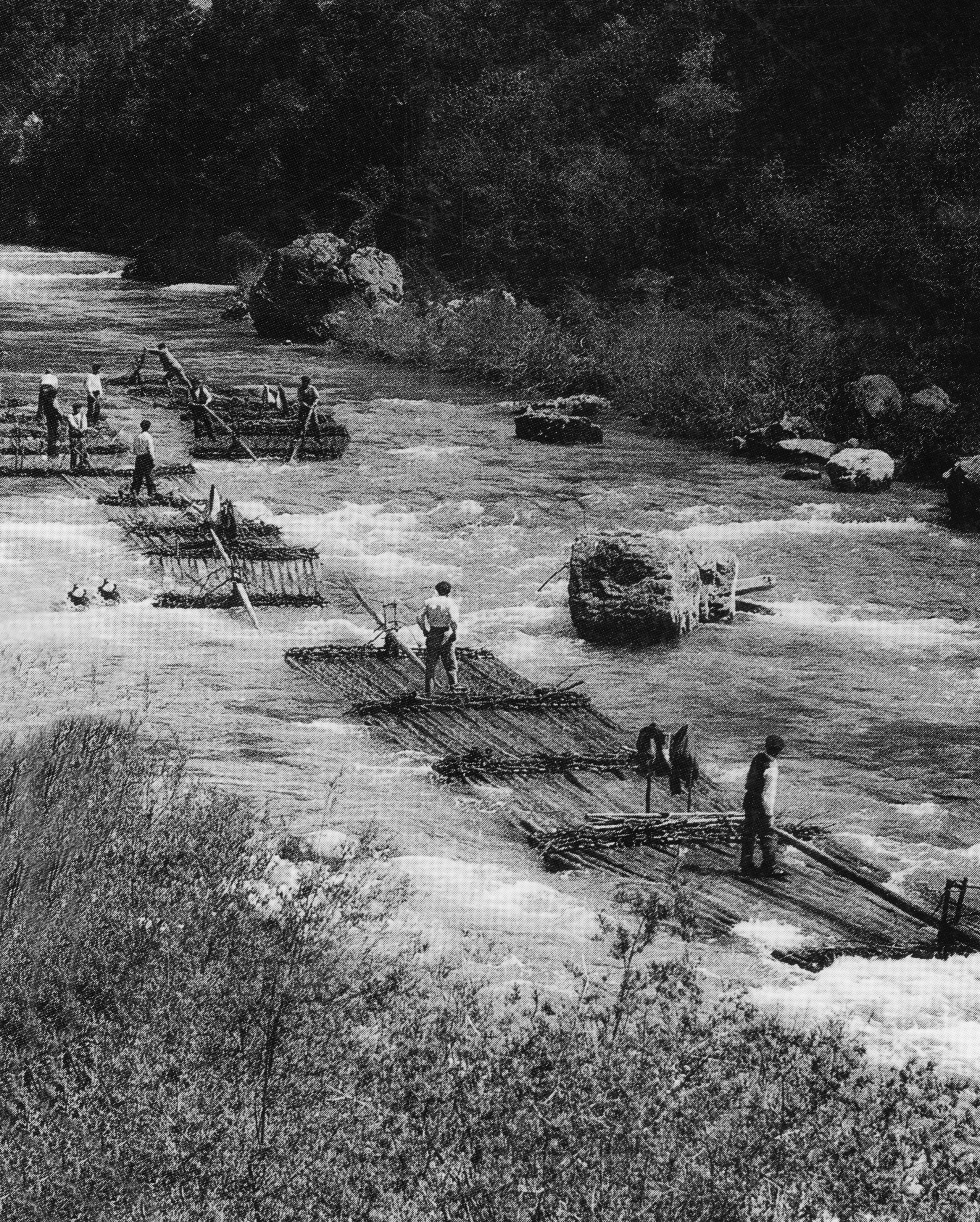Archives

Hermitage of St Salvador in Ardanaz (Izagaondoa, Navarre), whose roof was restored a few decades ago using tiles manufactured in Aizpe. Fernando Hualde.
Certain trades from the past are disappearing; modern times sweep them away without mercy. And with them go the works, yards or factories where those activities used to be carried out. Whole villages might in fact be lost, and also the people who worked and lived there or knew about them.
This is exactly what happened with the roof tile factory of Aizpe, in Lower Urraúl (Navarre). The tile makers departed this life, the factory vanished in thin air, the village is nowhere to be seen, and him who as a child and teenager stored memories of that place passed away a few months ago… Gone is the last witness of it all. (more…)

Fernando Hualde.
This is a magic time of the year in mountains, mountaintops…, both from a natural and an ethnographic perspective. Departing from our usual focus on ethnography, let us look at a very specific item.
Thousands and thousands of sheep have already moved from lower, snow-free winter pastures to summer pastures in mountains, mountaintops and higher altitudes along the Navarrese Pyrenees and Urbasa and Aralar Mountain Ranges. Our mountains are filled with the sound of bells worn around the neck of free-roaming sheep, goats, kids, wethers, cattle, mares… The tinkling of livestock bells is in fact the most perfect musical accompaniment to the highland dweller or rambler. (more…)

Labayru Fundazioa Photographic Archive.
April and May are particularly favourable months of the year to ensure the protection of the flourishing cultivated fields and the benefits of moderate rainfall, a time marked by a set of customs associated to lopped festive trees or poplars being erected in squares and higher grounds (a practice which often extends to St John’s or patron saint festivities), the vegetable figuration of maypoles, or mayos, in human or puppet form, the curious designation or election of virginal May queens, called mayas, or the singular marriage between juvenile May kings and queens. (more…)
Livestock farming and timber production stand as the primary sources of income in the Pyrenees. The extensive forests are indeed a major natural resource, and noteworthy among these are the lower woodlands of Quinto Real, Irati and Belagoa-Belabarze in the extreme west. Beeches of considerable height can be found in this area. It is therefore not surprising that their timber and its commercialisation remained a thriving business until very recent times. The wealth of the forests allowed for the development of a new trade within the community of Navarrese mountain peoples: the rafter. A raft made out of tree trunks and drifted down a river was known as almadía in Navarre. Timber rafting was a means of transporting logs from the above-mentioned Pyrenean woods to different destinations including the main nearest shipyards of Catalonia. It should be noted that the ancient royal roads in the high mountains were hardly accessible to carriages or galleys, and log transportation along watercourses proved much quicker and easier. According to Balcells, the first documented references to timber rafting on Navarre rivers date from the 14th century. In the early days the floating platforms were said to be commanded by raftsmen from Aragon, and it was not until the middle of the 17th century that exploitation of forests was taken over by local timbermen. (more…)



